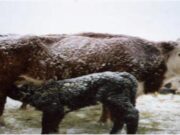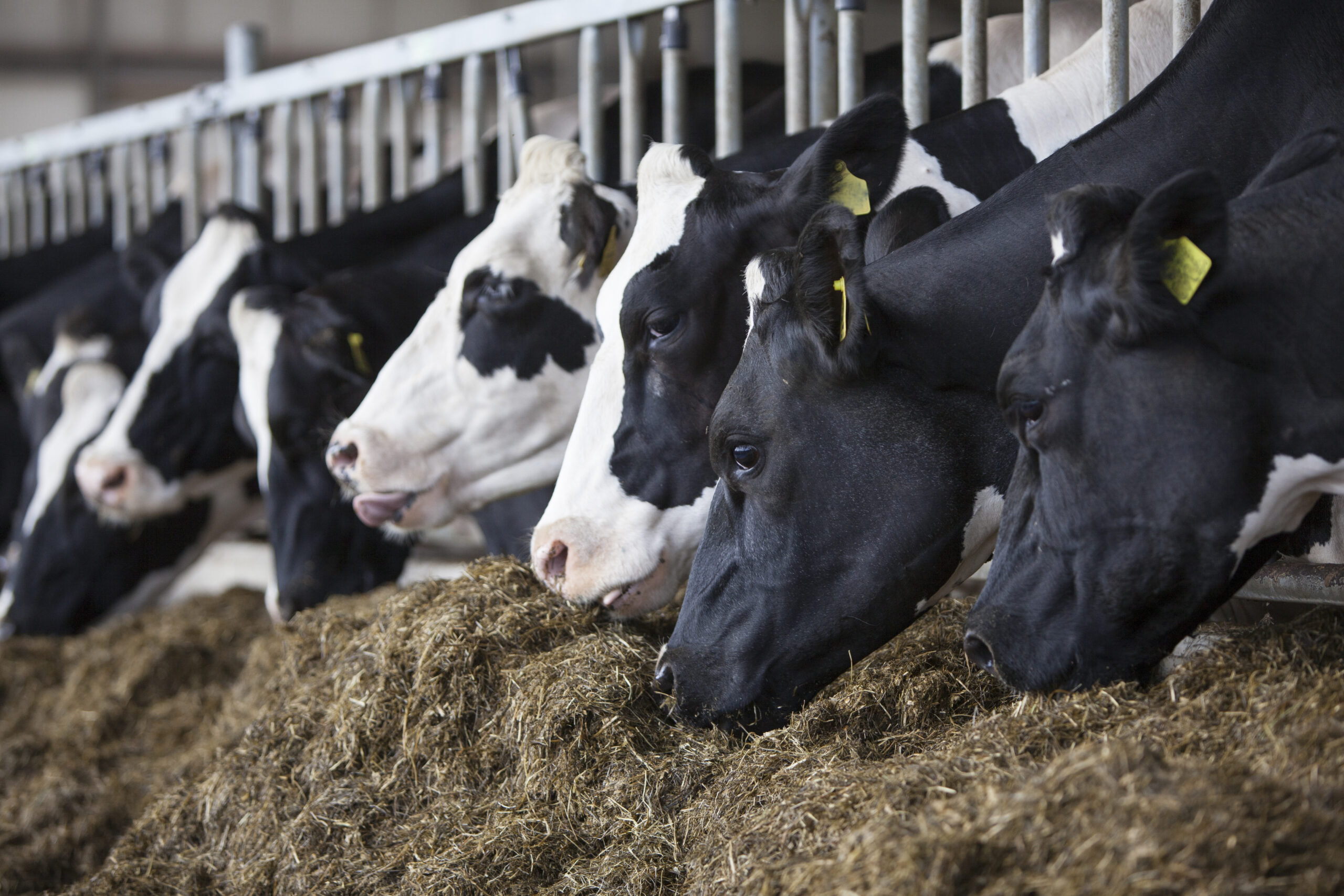
Introduction:
Methane is the second most abundant greenhouse gas after carbon dioxide and its impact is short-lived but has far greater heat trapping capacity than CO2. It’s concentration in the atmosphere is currently increasing at a rate of around 1% per year. Methane is produced both naturally and through human activities. In the natural world, methane is produced when organic matter decomposes in an area with little or no oxygen, like an undersea environment or a marsh.
According to studies, wetlands like the Amazon River basin are the single biggest natural source of methane emissions. Human emissions of methane have increased its concentration in the atmosphere, contributing to global warming.
Human emissions of methane, primarily from agriculture, waste, and the production and consumption of fossil fuels.Enteric fermentation in livestock, releases methane. Paddy cultivation is another key source of methane. Fossil fuel production and consumption accounts for 35% of human-caused emissions, waste 20% and agriculture 40%, per UNEP. According to Climate Watch, India is currently the world’s fourth greatest methane emitter, trailing only China, the United States, and Russia. In Glasgow, 103 countries signed the pact, which aims for a 30% reduction in methane emissions from 2020 levels by 2030. However, three of the four largest methane emitters, India, China, and Russia, did not join the agreement.Since, methaneeffectively absorbs heat from the sun, more so than carbon dioxide, and contributes significantly to the warming of the atmosphere. As a result, there is a growing demand to track and regulate methane emissions.

Role of livestock farming in methane emission in India:
India’s total Livestock population is 535.78 million in the country showing an increase of 4.6% over Livestock Census2012. The Female Cattle (Cows population) is 145.12 million, increased by 18.0% over the previous census (2012). Methane emissions are bound to keep rising with the growth of the livestock sector. In the past 50 years, the world’s production of meat, dairy, and poultry has increased by four times. Studies show that 63% of India’s agricultural methane emissions come from livestock.CH4 is primarily produced in the rumen chamber of ruminant’s stomach during the microbial fermentation of the animal feeds, particularly complex carbohydrate.
The microbial fermentation is a multistep process which converts dietary polysaccharides into volatile fatty acids (VFA). These VFAs are used as a source of energy. During the process, metabolic hydrogen (H) is produced as a byproduct and converted into the molecular hydrogen (H2), which further converted into CH4 with the help of methanogens. A small amount of CH4 is also produced in the intestine. Ruminants such as cattle, buffalo, sheep, and goats have higher CH4 emissions per head, while emissions from non-ruminants (horses, poultry) are comparatively less. The mechanism of methane emission from livestock is shown in figure b.The management of India’s cattle population may become challenging under the current governmental framework. The sacred cow policy in India forbids the slaughter of cows.

Mitigation strategies for livestock driven methane emission:
Reducing the methane emission from livestock farming can be accomplished by putting the following measures into exercise. Reducing CH4 emission strategies targeted on emission reduction by the following ways (i) dietary manipulation, (ii) breeding management, and (iii) livestock management.
- Practice of balance feeding through dietary manipulation:
a. Feed management is an essential strategy for the mitigation of CH4 from ruminants. Both the quantity and quality of the ingested feed regulate the extent of CH4 production and emission. The utilization of higher digestibility forages is an efficient way for CH4 mitigation. Use of highly digestible fodder like legume, silage in the ruminant diet reduces the enteric fermentation and manure production, and thereby reduce CH4 emissions.
b. The use of a starch-rich diet (corn silage) is useful for the reduction of CH4 production and thereby emission. It produces more propionate than acetate which ultimately reduces the activity of methanogens. Due to the reduction of the fermentable substrate, reduces H2 production and hence, CH4 emissions.
c. The inclusion of concentrate in ruminants (lipid-rich oils cakes and starch-rich cereal grains) diets can also reduce CH4 emission; however, the use of concentrate may cause poor economies due to higher costs. Besides this, the various chemical modifiers (plant extracts and secondary metabolite) play a vital role in methane mitigation from the livestock.
d. The residual feed intake (RFI) approach is another important measure of methane mitigation from livestock.
2. Selective breeding strategy for livestock and forage:
a. The policy of selective breeding and the culling of unproductive animals will unquestionably boost animal productivity and reduce the overall bovine population, lowering methane emissions from the livestock industry as a whole.
b. Through genetic improvement CH4 emissions per kilogram of the product can be reduced by three ways (i) improving animal production and efficiency, (ii) wastage reduction in the farmingsystem, and (iii) directly selection on emissions on the basis of heritable traits which is responsible for emissions.
c. Through selective breeding and a balanced diet, there is plenty of room to increase milk output. Researchers believe that India could partially reduce its methane emissions from animal husbandry by increasing the productivity of its livestock, which would in turn reduce the number of animals reared.
d. Selective breeding of forage provides essential improvements in environmental impacts associated with livestock productivity. Hence, improvement in type and quality in animal feed through internal changes such as forage breeding can significantly reduce animal-based GHGs emissions and also improve animal performance.
3. Livestock management practices:
a. To reduce GHGs from livestock comes through livestock management practices focus on reducing and maintaining herd size and improving production efficiency. Management practices are suggested as the best mitigation measures because it is directly related to the reduction in the size of livestock. Improving the reproductive performance of cows leads to fewer replacement heifers which help in the reduction of CH4 production. Selection of high yielding variety animal help in for GHGs emissions reduction.
b. Mixed livestock farming provides opportunities to achieve sustainability using the assets of crop and livestock farming systems. The proper management of herd size plays a vital role in methane mitigation. The small numbers of high yielding animals emit less CH4 than farming a large number of low yielding animals. Therefore, farming small but high yielding group of livestock through genetic and nutritional management practices is important.
c. Poor health and less fertility of animals are also responsible for higher emissions per unit of product. Improving fertility in an animal can significantly reduce CH4 emissions. Proper management at breeding, fertility, and health level, genomic selection, selective breeding will improve productivity and reduce emissions. Increasing animal productivity can be a successful strategy for mitigating GHG emissions from ruminant in the developing countries.
d. Selection of those animals with specific genotype having high productivity also having less environmental impact. Poor fertility required a large number of animals in herd size to meet demand and hence more GHGs emission. However, pressure on increasing the productivity of animals may lead to a negative impact on animal health due to increased metabolic demand.
e. Thus, animal genetics strategies could reduce GHGs emission but it also requires proper management to reduce the animal health risk. In the case of meatproducing animals, with improved efficiency, slaughter weight can be achieved at a young age and, lifetime will reduce which ultimately reduce CH4 emissions per animal.
f. The vaccination in the ruminant animal against methanogen bacteria could be another approach for CH4 emissions mitigation. Bovicin has rumen modification properties and can inhibit CH4 production by up to 53%. 3-Nitrooxypropanol (3NOP) and ethyl-3NOP have specific anti-methanogenic properties. Feeding of 3NOP could reduce CH4 emission by 60% per kg of DM intake if the NOP dose rate is 2.5 g day-1 cow-1.
g. Farmers are offered incentives for recovering cattle manure for use in the production of bioenergy through the Galvanizing Organic Bio-Agro Resources (Gobar-Dhan) plan, which was introduced in 2018, and the New National Biogas and Organic Manure Programme, which went into effect in 2017. Since 2014, the National Livestock Mission has included balanced diets for cattle feeding, which “may assist minimize methane emissions from livestock.”
Conclusion and recommendations: These are followings: –
- Livestock farming is a significant source of livelihood and economy but also responsible for a major amount of GHGs emissions.
2. Thus, livestock farming should be practiced with minimal GHG emissions without reducing productivity.
3. Diet management, livestock management, and breeding management are the most common approach for livestock CH4 mitigation.
4. Dietary manipulation, being one of the important strategies for CH4 mitigation, is mostly possible on the condition that the livestock is reared in an intensive system.
5. Herd size management, grassland, and pasture management, an increase in productivity, improving animal health are some of the mitigation measures under the livestock management program.
6. Mixed crop-livestock farming is also one of the important mitigation measures in livestock management to sustainable livestock farming.
7. Genomic selection of less emitting animals is also one of the approaches for mitigation purposes.
8. Among the three approaches, dietary manipulation is a short-term approach While livestock management and breeding management are long terms.

BL SAINI1, SAKSHI VAISHNAV2, DEEPA SAINI3, JP MAURYA4, RK JAISWAL5
Assistant professor, Department of AGB, SCOVAS, Jhajjar, Haryana
Ph.D. Scholar, AG Division, ICAR-IVRI, Izatnagar, U.P.
Ph.D., Department of food technology, GBPUAT, Pantanagr
Assistant professor, Department of LPM, SCOVAS, Jhajjar, Haryana
Assistant professor, Department of LPT, BASU, Patna



















